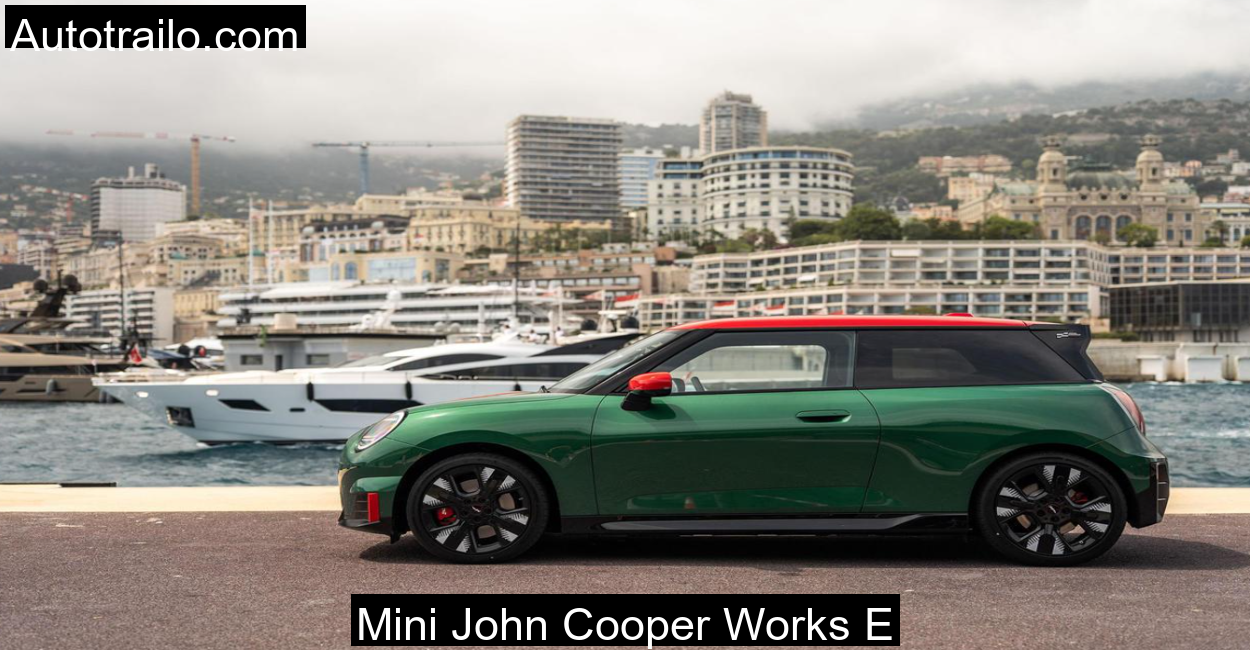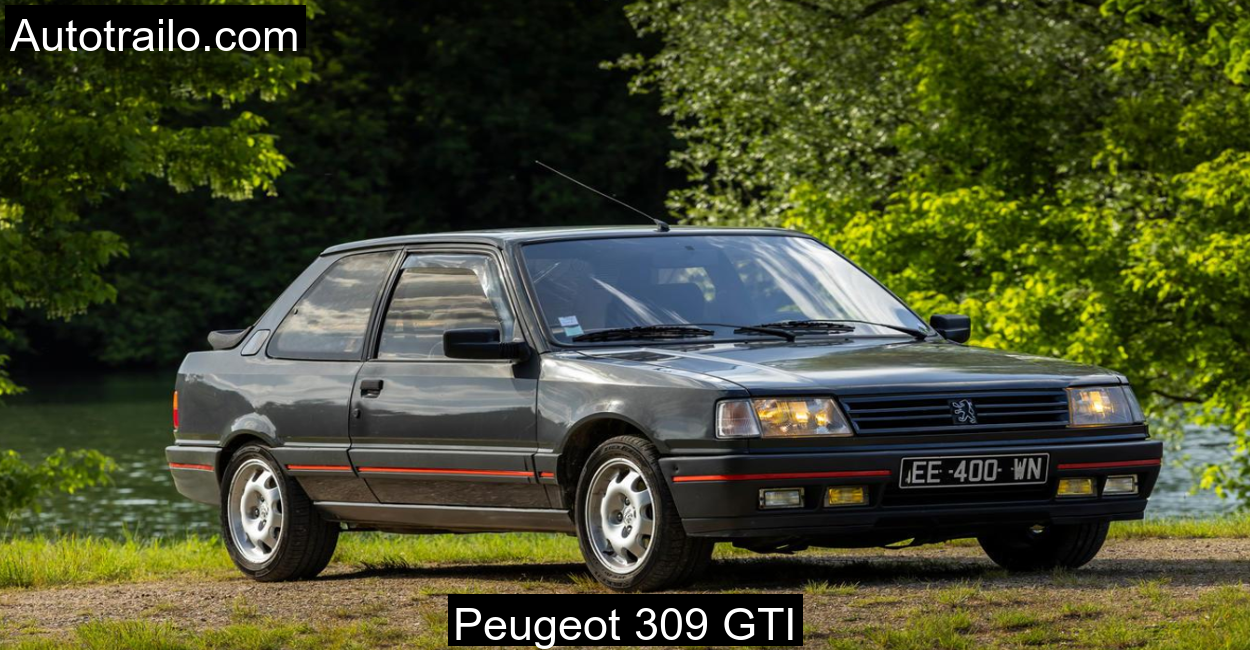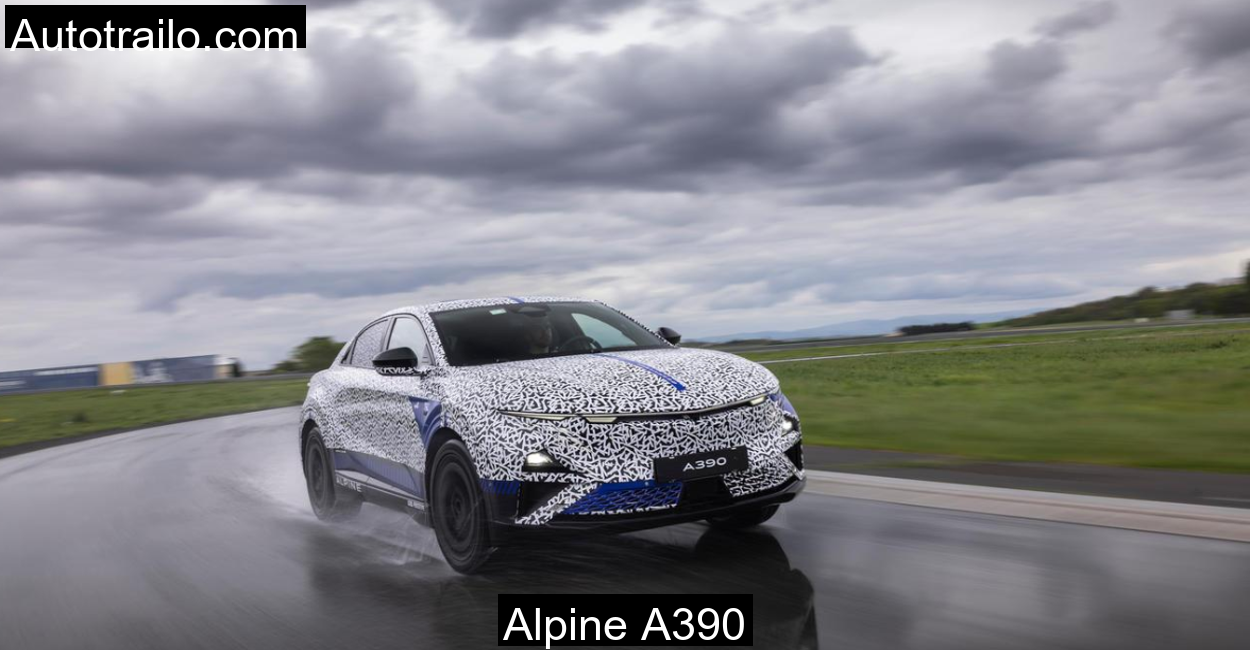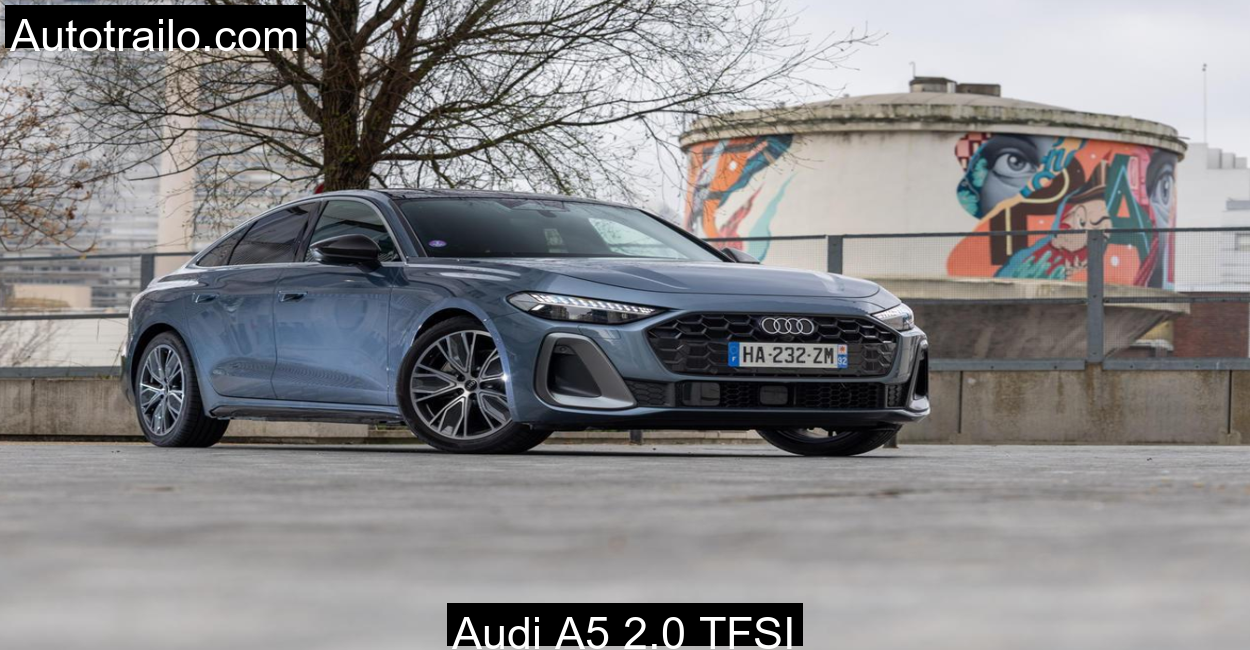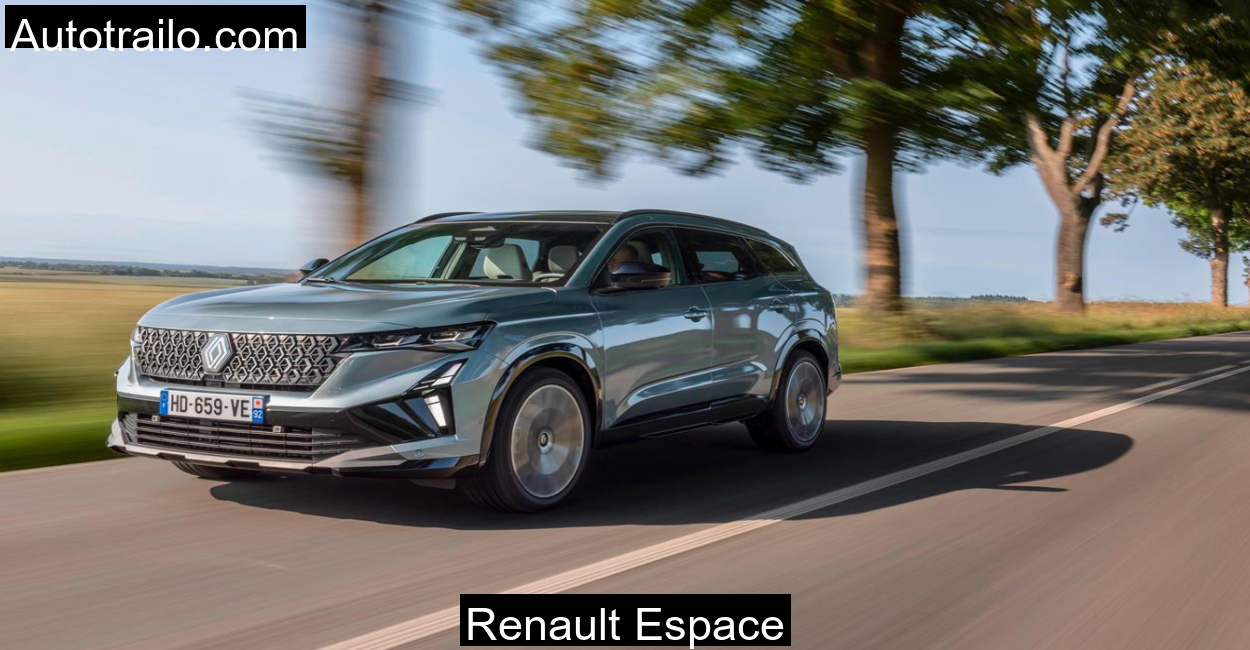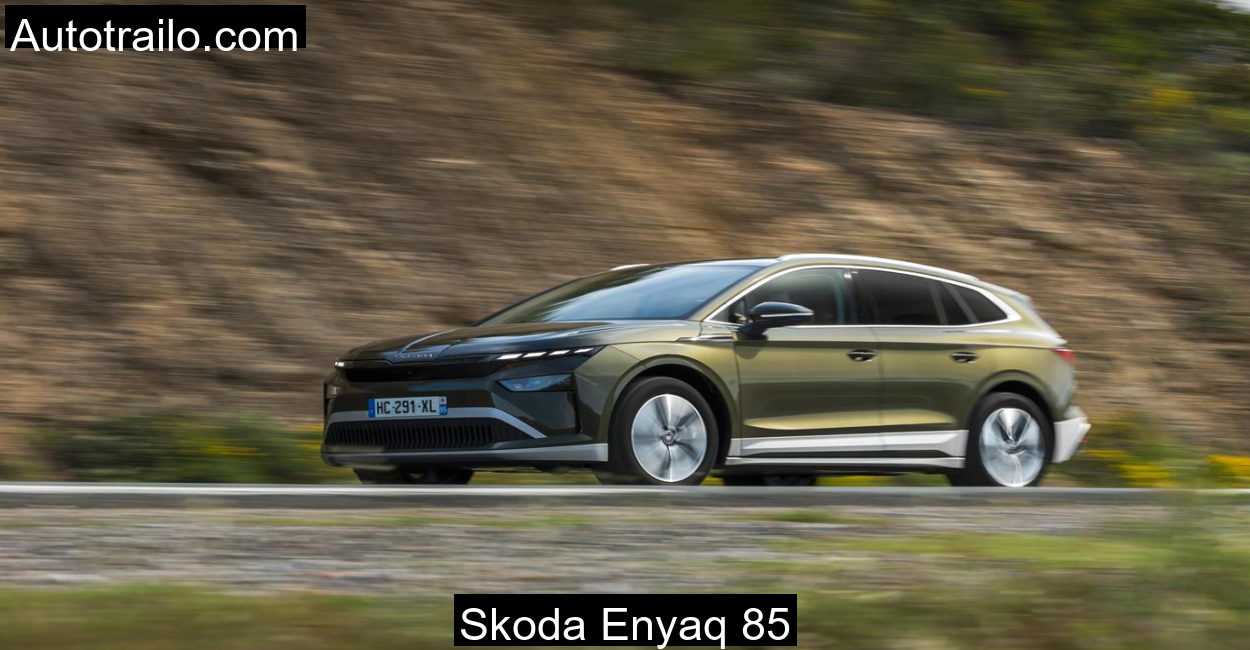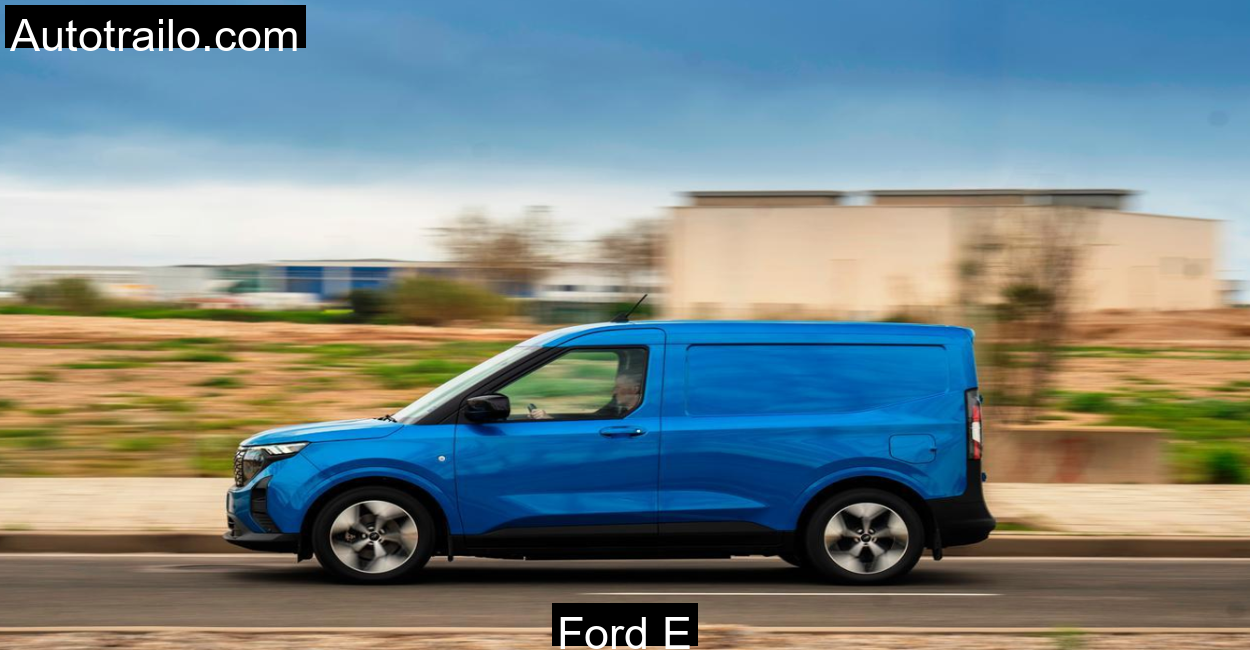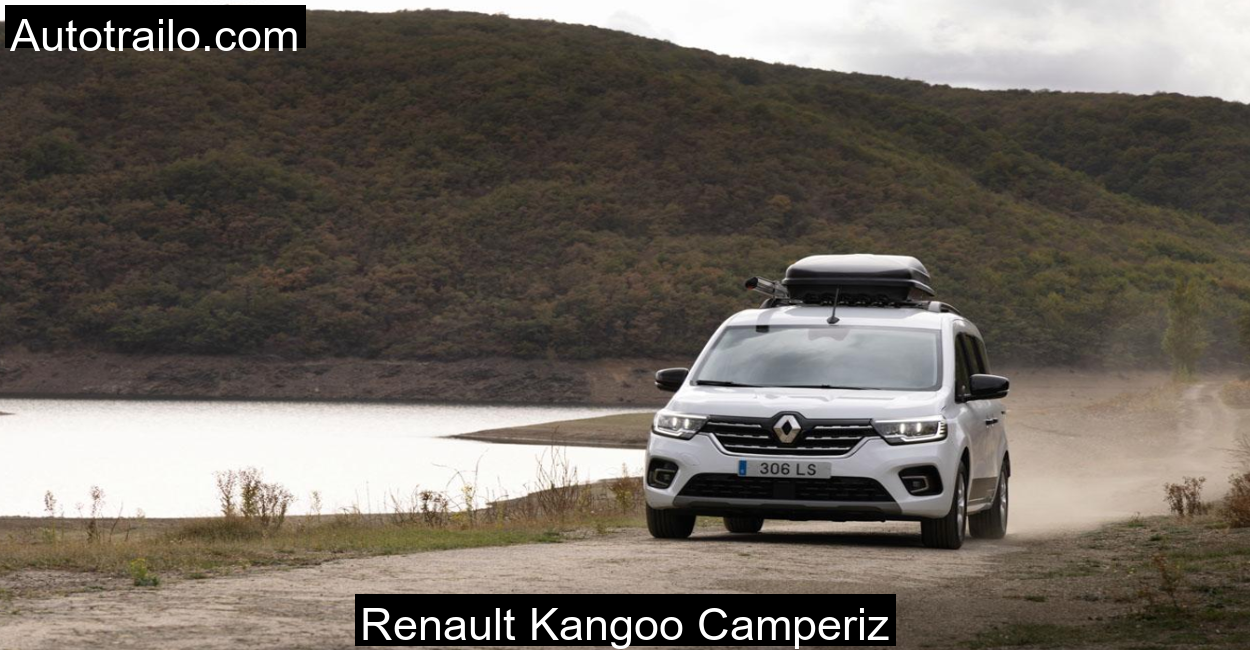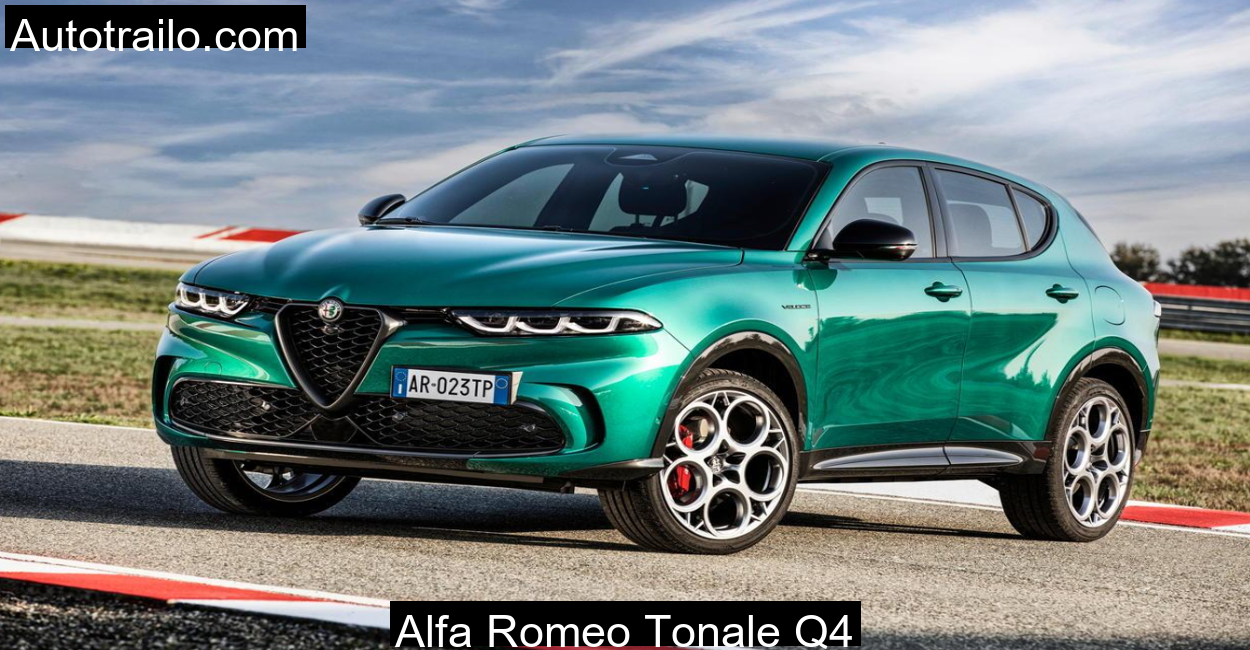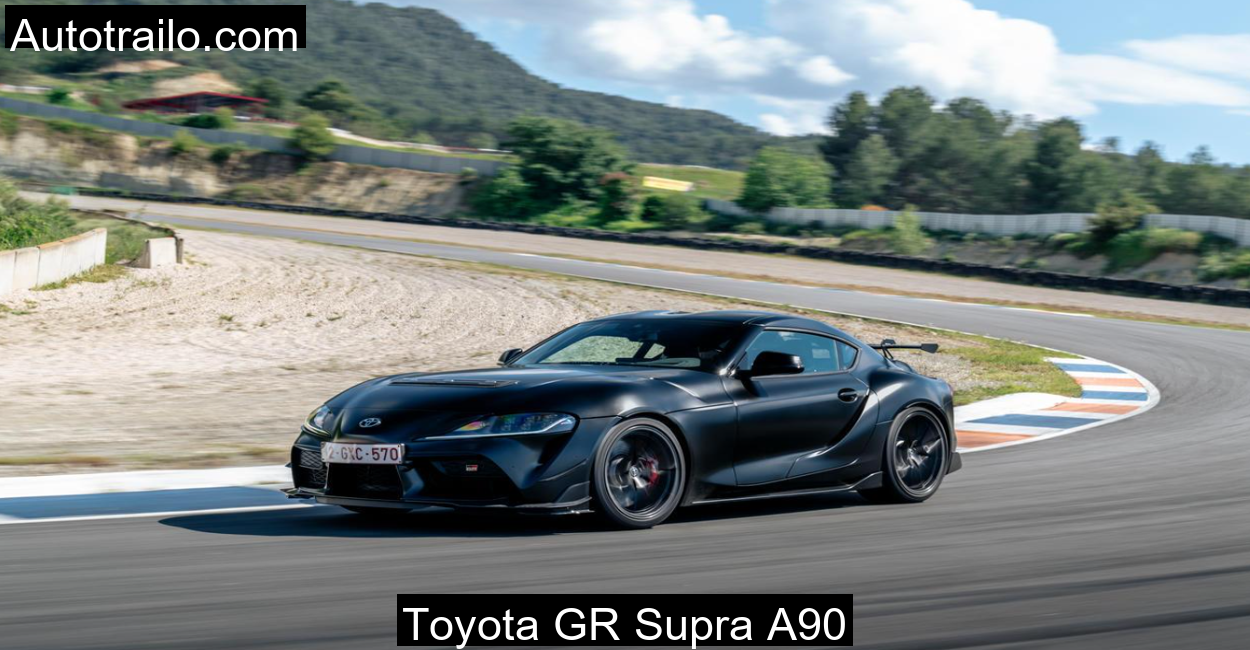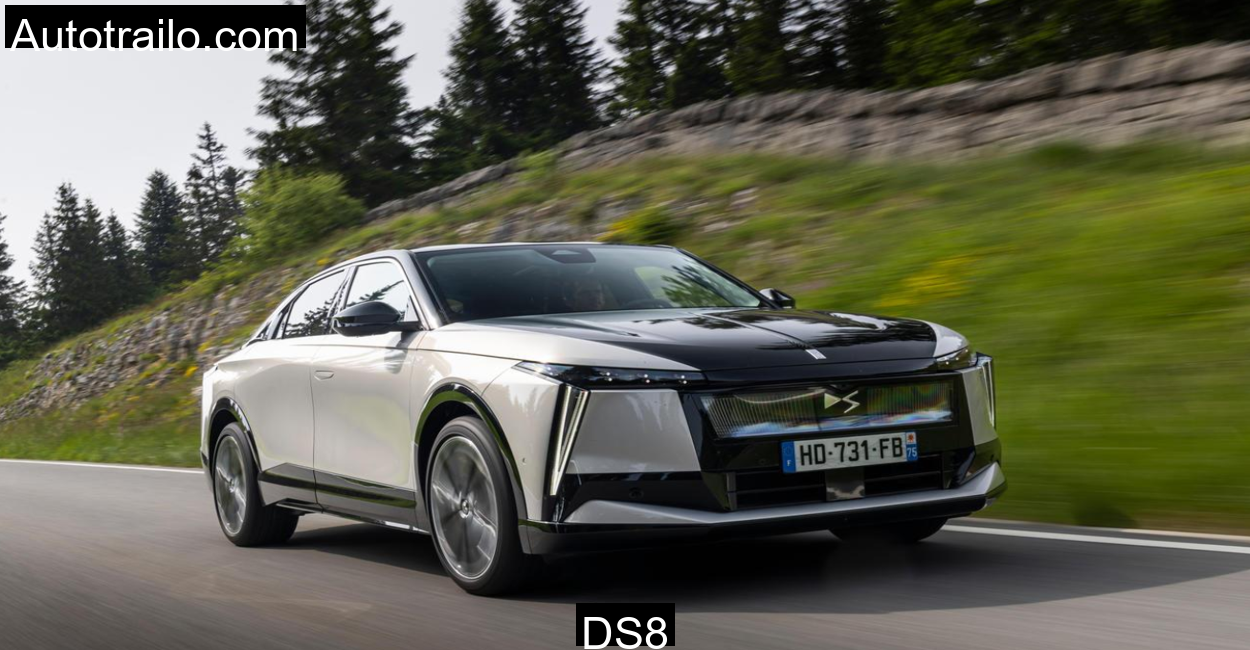I chose Bhimtal Lake Road in Uttarakhand for my first hands‑on experience with the Mini John Cooper Works E. Nestled in the Kumaon hills, this route offers a perfect balance of flowing mountain curves, intermittent ascents and descents, and sweeping lake vistas. Driving an electric hot‑hatch here feels like a metaphor for a new chapter in automotive passion. The Mini JCW E arrives with electric zeal, a spirited 272 hp output in overboost, and a chassis tuned for corners, all traits that align beautifully with the winding, scenic stretch from Bhimtal to Paragliding Point. I wanted the environment to match the car’s energy, the whisper of the motor mirrored by the mist rising off the lake at dawn, the torque surge reflected in the rush of wind along lakeside stretches. This location has not been explored in our past features, making it a fresh backdrop for capturing the Mini’s electric sporting soul.
Table of Contents
Setting the Scene: Bhimtal’s Allure Meets Mini’s Charisma
Bhimtal Lake Road starts at the town’s edge and snakes along the lakeside before winding upward into pine‑lined ascents. A narrow two‑lane path with patches of uneven tarmac and occasional gravel makes it ideal for testing the Mini’s chassis balance and regenerative braking. At sunrise, rays of gold drift over the water, illuminating the green hills and casting long shadows across the road. Cruising through this landscape with the Mini JCW E felt liberating: the silence inside mirrored the calm outside, interrupted only by steering input and tire whispers. The atmosphere urged me to push its boundaries at the apex of each curve, savoring every torque punch and diving into its energetic character.
Powertrain Prowess: Electric Energy with a Boost
The Mini John Cooper Works E is powered by an electric motor at the front axle, delivering 231 hp in standard mode, which jumps to 258 hp with ten‑second overboost on demand, and peaks at 272 hp under launch control. The maximum torque of 350 Nm, or 356 Nm during overboost, gives a substantive punch the moment I pressed the accelerator paddle. As we left Bhimtal town behind, the climb began, and the electric motor responded instantly. The surge of energy felt more intuitive than turbo‑charged engines I’ve driven before.
On gradient approaches to the lake viewpoint, the launch control enabled a solid surge with crisp initial acceleration, while the electronic front differential and front weight distribution kept the Mini planted. Every time I engaged Sport mode, steering resistance increased, and the paddle‑activated overboost made each twist in the road feel more alive. There was no sudden surge; the power built steadily and held linear, allowing me to bleed off speed into a hairpin without the abruptness typical of electric torque.
I noticed how the instant torque at low speeds helped when exiting tight bends. There were instances when a smooth squeeze of the accelerator was enough to lift the car back up the slope without the need for shifting or waiting. The electric launch‑control felt more measured than exagerrated, granting greater control when navigating narrow cliffside roads with unexpected blind turns. On these winding Himalayan ridges, the electric powertrain proved both engaging and exceptionally usable.
Chassis Dynamics: Precision in Every Curve
Up and down the incline, the JCW‑tuned suspension and 18‑inch wheels provided balance. The stiffness, which some may call firm, delivered in handling. The coil springs and adaptive dampers, accessible via Go‑Kart mode, responded crisply to each bend’s geometry. The sensation was not harsh; rather, body roll was minimal, and the Mini felt eager, not edgy.
Despite an additional 325 kg of battery weight, the center of gravity remained low, translating to impressive agility through the corners. The extra mass also helped with high‑speed stability along stretches hugging the lake shore. On those don’t‑look‑down moments, I felt poised, secure, the Mini responded calmly when countered into a corner, rather than skittish. Braking transitions into curves were precise, and the interplay between suspension, chassis rigidity, and steering calibration felt like a dance well choreographed for this road. A few times I extended to mid‑corner throttle application, using the motor’s torque to steer through the bend rather than rely only on the steering input. It spoke volumes about this balance.
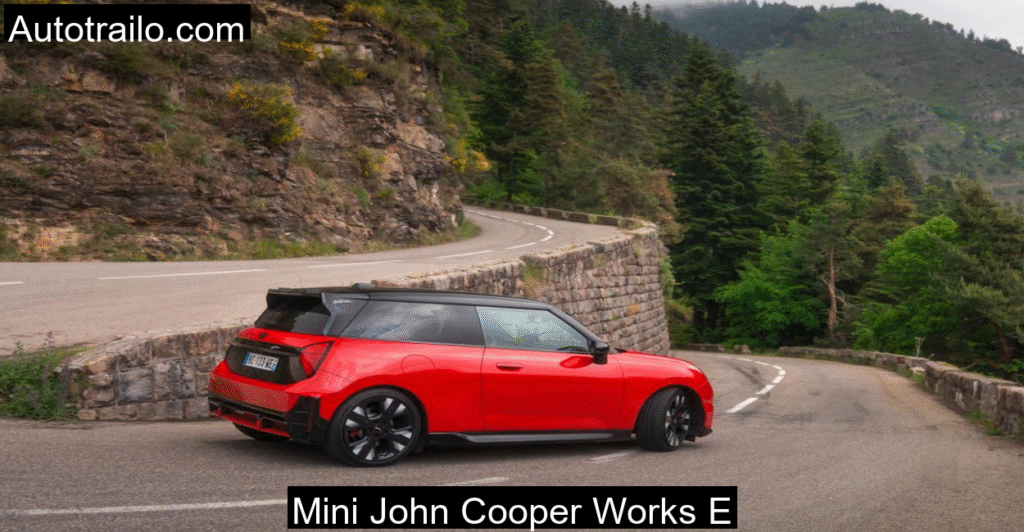
Steering Feel: Retro Charm Meets Electric Reality
Mini’s iconic steering wheel felt firm and precise, though more weighted than its combustion counterpart. In Comfort mode under Go‑Kart, steering feedback was crisp but not heavy. On sharper ascents, the firm steering helped lock onto corners, though straight‑line sensitivity meant holding it tightly during unexpected torque bursts. When winding across Bhimtal’s ridges, every input felt connected, even if the lack of engine rumble left the feedback less visceral.
In corners, I felt unmetered torque shifting through the front wheels. A corner entry meant feeling the weight transition, countering, and a hint of understeer before the front motor’s torque smoothed the way out. The steering calibration retained its precise geometry: turn‑in was quick, and transitions were nearly mirror‑like. The cumulative result was charming enough for a veteran enthusiast and intuitive for any newcomer.
Braking and Regeneration: Control in Descent and Ascent
Braking felt nearly identical to the combustion JCW, natural initial bite helped with firm stopping power, even after sustained use descending from the peak. During prolonged downhill runs, the regenerative braking took over, especially in standard regenerative mode. The system brought the car into regenerative deceleration across mild to moderate slopes, reducing reliance on hydraulic brakes and maintaining temperature control.
The steering wheel offered four regeneration settings. I mostly used Levels 2 and 3, enjoying the blend of coast‑mode and engine braking. The transitions were smooth, though on steep descents I left the hydraulic brakes ready in case the regen needed support. What surprised me was how much the brakes relied on regen in daily use, making long‑day travel more consistent and reducing fatigue usually associated with mountain driving.
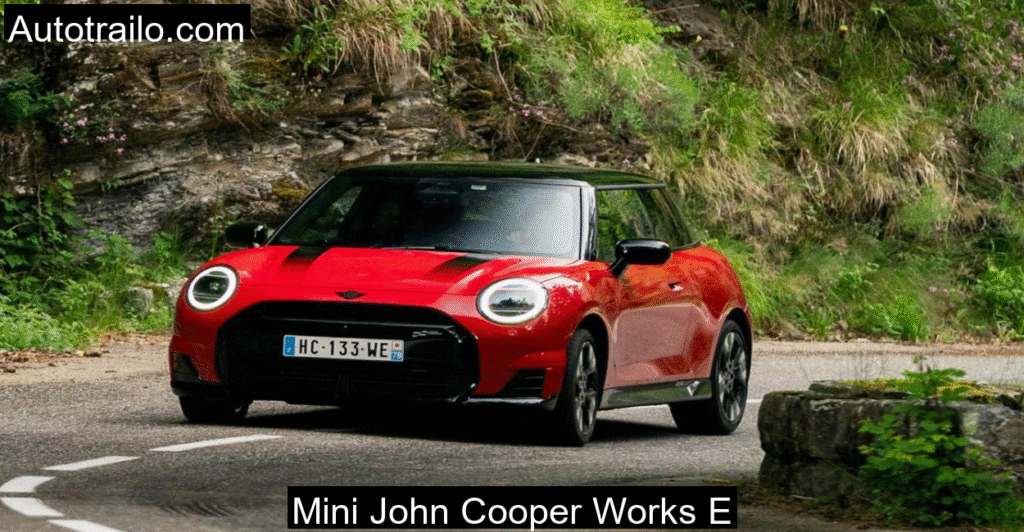
Ride and Comfort: Firmer Feel with Enough Compliance
The ride remained firm but controlled. The suspension filtered out the occasional pothole; sharp jolts transmitted into the cabin, but they were never jarring. The firmness supported steering precision, keeping the Mini flat through Bhimtal’s curves. At the same time, the lack of harshness aligned with Mini’s sporty character.
City streets of Bhimtal before and after the test drive were easy to manage. Firm springs and dampers slightly elevated noise over rough patches, but at touring pace, road noise stayed manageable. The cabin remained comfortable for the driver and passenger, though back seat rides felt tighter due to firm cushions and less space. The 18‑inch wheels meant more feedback from the surface, but that meant more control.
Interior and Infotainment: Familiar Layout, Updated Tech
Stepping inside, the cabin felt familiar thanks to signature round dials and center console layout. Red contrast stitching and sport seats injected JCW flair. Materials were mostly soft‑touch, though some plastics near the footwells felt less premium. Quality remained high, even during pothole‑laden maneuvers, rattles were nonexistent.
The central touchscreen was crisp and contrasted nicely with the dashboard design. Navigating between menus was a bit less intuitive; I found shortcuts helpful to toggle regeneration, access drive modes, and climate settings. The voice assistant responded well, adjusting cabin temperature and playing music during the drive along the lake. Wireless Android Auto was stable, and once paired, directions and media functioned seamlessly.
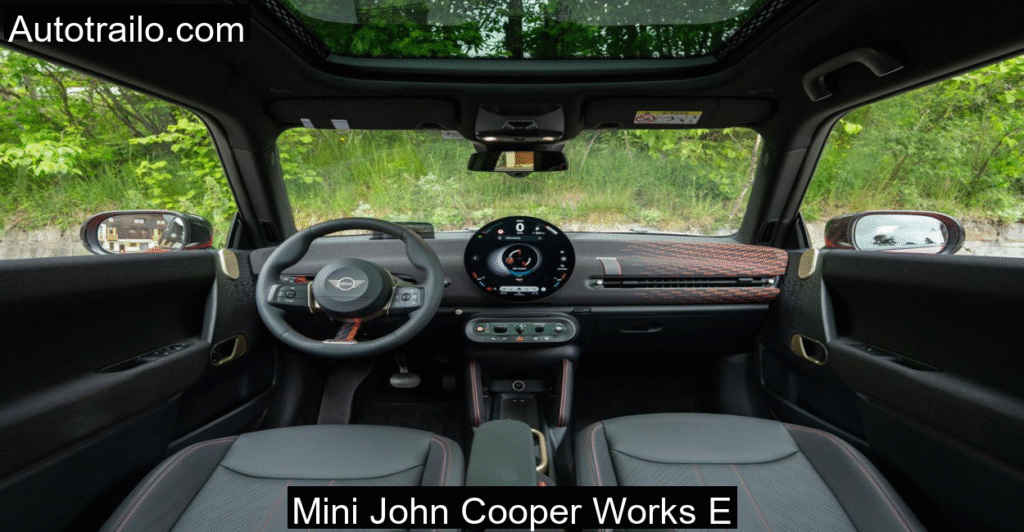
Range and Charging: Daily Usable and Weekend‑Ready
The Mini JCW E’s usable battery is 49.2 kWh. Mini claims a 371 km WLTP range, though I expect real‑world to hover around 300 km given spirited driving and hilly terrain. On the test loop covering about 50 km from Bhimtal town, I observed energy consumption around 17 kWh/100 km. If driven gently around town and hills, a daily discharge might yield full range.
For charger infrastructure in the region, AC is more common, typically 7 kW. With AC charging, full recharge takes about 7 hours. DC fast‑charging at 95 kW would recharge from 10 to 80 percent in roughly 30 minutes. While the hilly Uttarakhand region may not be rich in DC fast chargers yet, the Mini is compatible with existing DC points across Uttarakhand towns like Haldwani and Kathgodam. The charging habits can be planned around town stay.
Conclusion: Compact Electric Rivet on Himalayan Asphalt
Driving the JCW E along Bhimtal Lake Road married emotion with efficiency. Electric motor responsiveness, coupled with agile chassis and firm yet compliant ride, delivered a mini‑SUV‑size hot hatch experience on mountain roads. Its strengths lie in torque, handling, steering precision, regenerative braking, and adaptable ride modes. It remains less comfortable than urban‑focused formats but rewards attentive driving.
In a setting like Bhimtal, where scenery evolves turn after turn and ambient noise is minimal, the JCW E’s electric drivetrain felt perfectly in sync with its environment. The absence of engine noise let the location’s calm become part of the driving experience, amplifying the motor’s strength when summoned. It impressed as a daily companion and a weekend hill route hero.
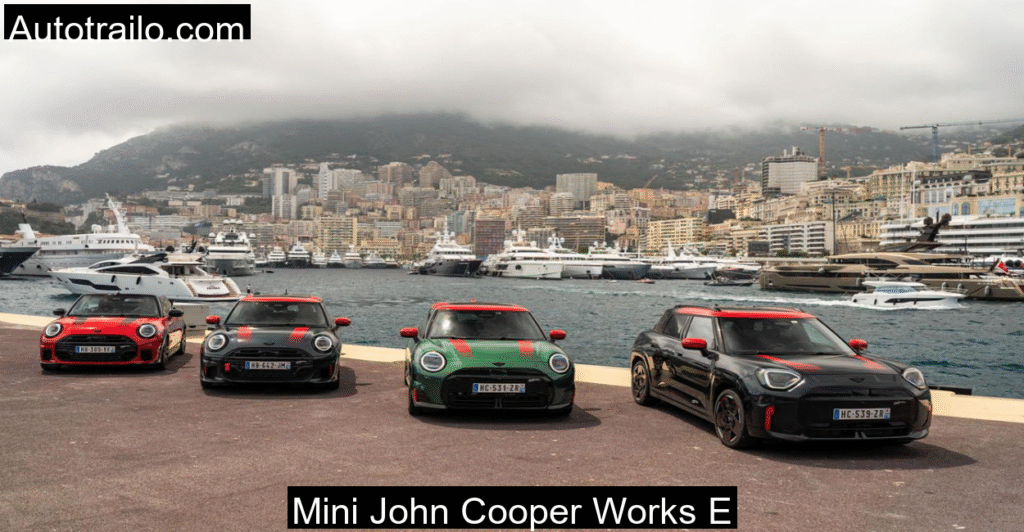
FAQ
What is the real‑world range in hill driving conditions?
Expect around 270 to 300 km in mixed city and hill driving. The test loop consumed about 17 kWh/100 km over winding, steep terrain.
How effective is regenerative braking on steep descents?
Regeneration in Levels 2 and 3 provides strong slowing without harsh transitions. On continuous descent, brakes engage smoothly without overheating.
How does JCW muscle compare to gasoline JCW?
Acceleration is quicker in the electric JCW E. Launch control and immediate torque result in a stronger but smoother surge, linting its weight with balance and poise.
Is steering feedback lost?
The steering is heavier and more resistant than the combustion model, but remains precise and predictable. Direct steering without engine sound retains engagement.
Are ride comfort and road noise acceptable?
Ride comfort is firm but not harsh. Occasional potholes create mild feedback, but cabin quietness and suspension balance make long drives manageable.
Would this model suit daily driving?
Yes. It’s compact, agile for urban commutes, but strong enough for regional hills. Akku range and charger compatibility support daily use with overnight AC charging.
